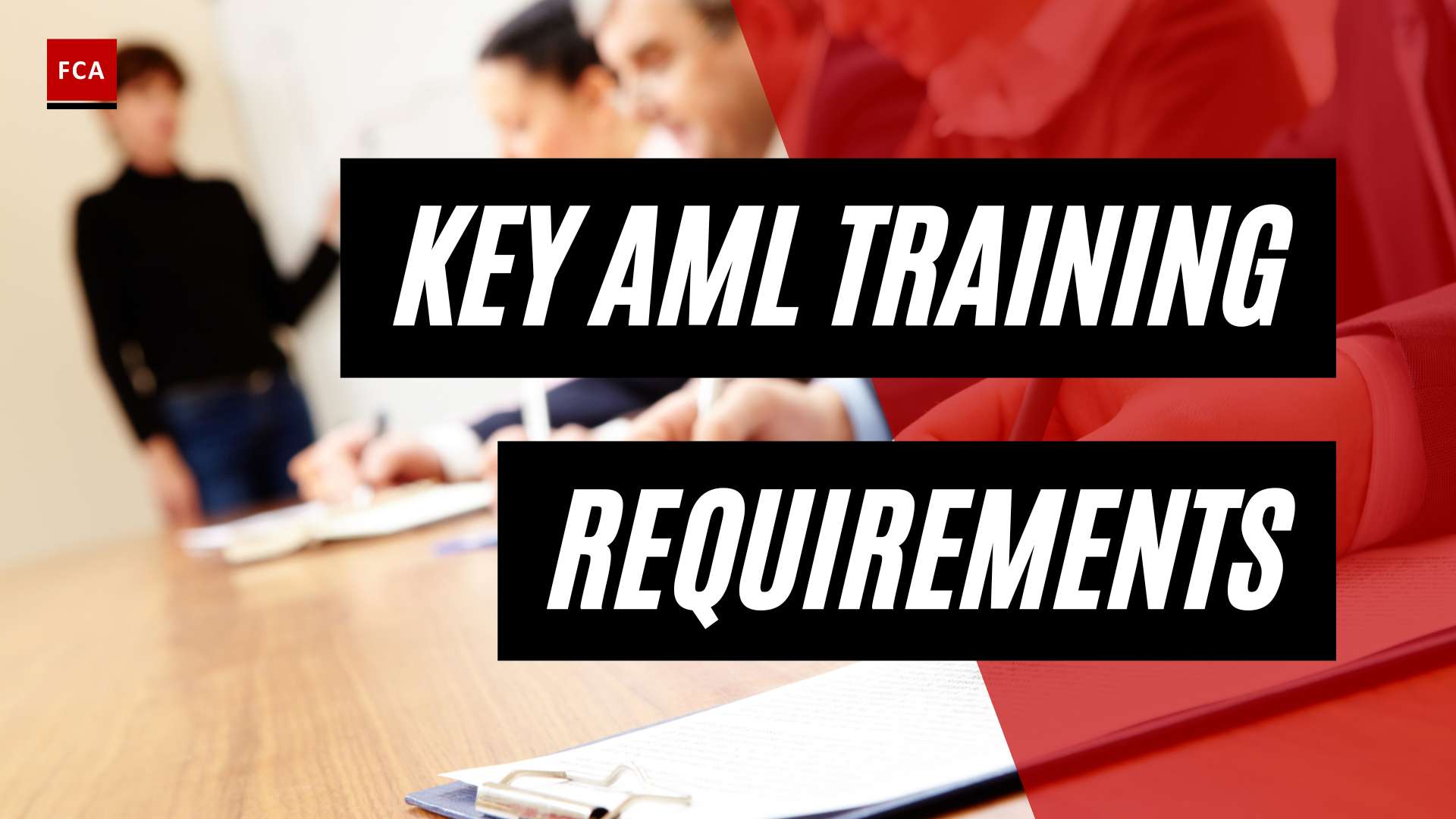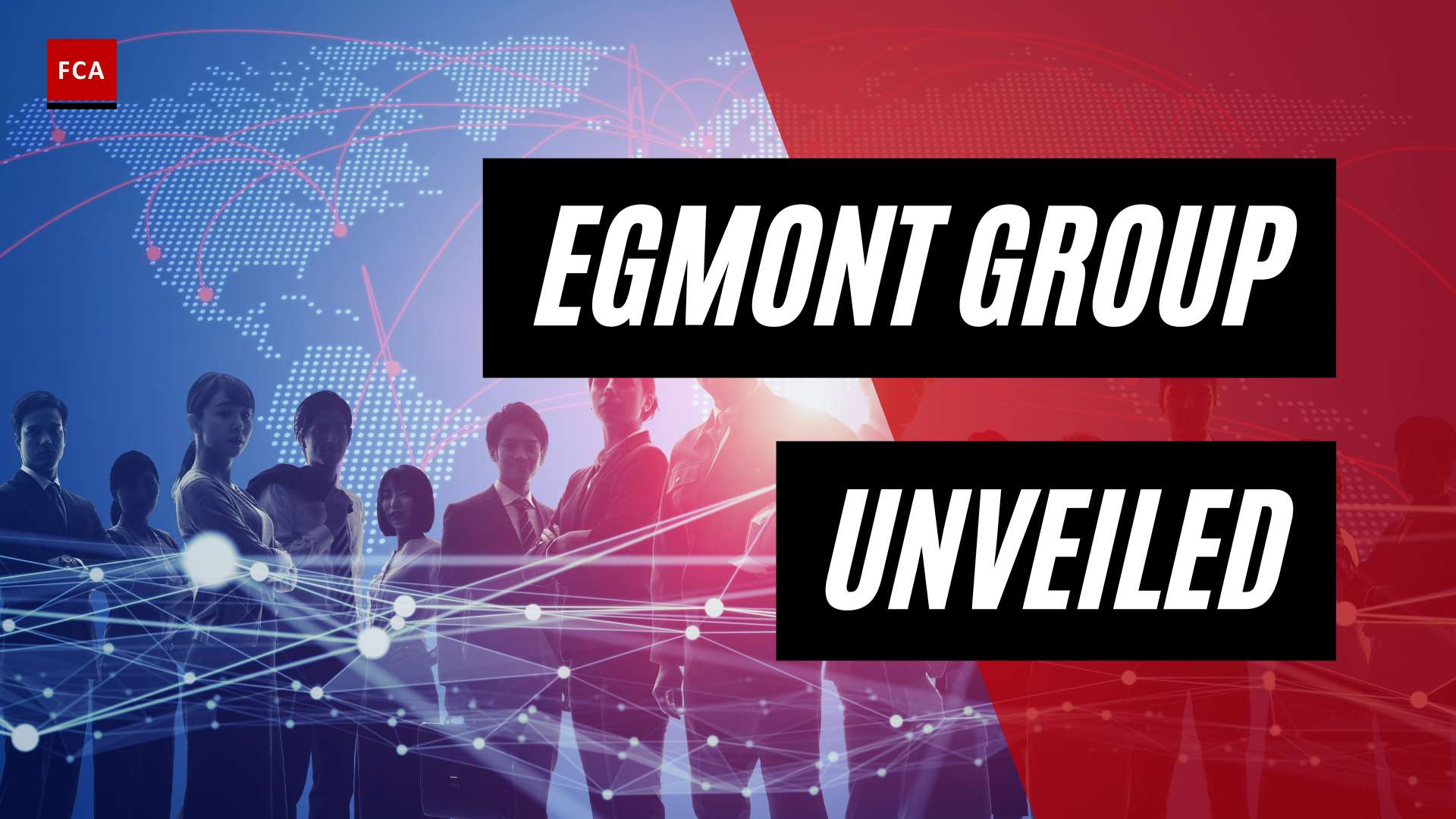Understanding AML Policy Framework
To combat the pervasive issue of money laundering and illicit financial activities, financial institutions and businesses worldwide implement Anti-Money Laundering (AML) policies. The AML policy framework serves as a comprehensive set of guidelines and procedures designed to prevent, detect, and report potential money laundering activities. This section will provide an introduction to AML policies and emphasize the importance of their implementation.
Introduction to AML Policies
AML policies encompass a range of measures aimed at safeguarding the integrity of the financial system and preventing the illicit flow of funds. These policies outline the responsibilities, processes, and controls that financial institutions and businesses must adhere to in order to identify and mitigate money laundering risks.
The primary objective of AML policies is to establish a robust framework that ensures compliance with relevant laws, regulations, and international standards. By implementing AML policies, organizations can effectively manage the risks associated with money laundering, terrorist financing, and other financial crimes.
Importance of AML Policy Implementation
The implementation of AML policies is of paramount importance in the fight against financial crimes. It serves as the foundation for a strong compliance program, providing a framework for organizations to proactively identify, assess, and address money laundering risks.
By implementing AML policies, organizations demonstrate their commitment to maintaining the integrity of the financial system, protecting their business reputation, and complying with legal and regulatory requirements. These policies help create a culture of compliance within the organization, ensuring that employees are aware of their roles and responsibilities in preventing money laundering.
Furthermore, effective AML policy implementation helps organizations detect and report suspicious transactions, enabling them to fulfill their obligations as responsible members of the financial community. By doing so, organizations contribute to the collective effort in combating financial crimes and protecting society at large.
To ensure the successful implementation of AML policies, organizations should tailor these policies to their specific risks and requirements. This involves conducting thorough risk assessments, implementing robust internal controls and procedures, and providing comprehensive training and awareness programs to employees.
In the next sections, we will delve deeper into the key components of an AML policy, explore the tools and technologies available for AML policy implementation, and highlight the consequences of non-compliance with these policies. Stay tuned to gain a comprehensive understanding of best practices for AML policy implementation.
Key Components of an AML Policy
An effective Anti-Money Laundering (AML) policy is essential for organizations to mitigate the risks associated with money laundering and terrorist financing. This section will explore three key components of an AML policy: risk assessment and risk-based approach, customer due diligence (CDD) procedures, and ongoing monitoring and reporting.
Risk Assessment and Risk-Based Approach
A robust risk assessment is a fundamental element of an AML policy. It involves categorizing customers into different risk levels based on factors such as high-risk countries, politically exposed persons (PEPs), due diligence reports, and ultimate beneficial owners (UBOs) (Flagright). By conducting a thorough risk assessment, organizations can identify and prioritize the areas of highest risk, allowing them to allocate resources effectively and implement appropriate control measures.
A risk-based approach involves tailoring the level of due diligence and monitoring to the assessed risk level of each customer. Higher-risk customers warrant more stringent due diligence procedures, while lower-risk customers may undergo simplified processes. This approach ensures that resources are allocated efficiently and that compliance efforts are focused on areas of greatest concern.
Customer Due Diligence (CDD) Procedures
Customer due diligence procedures are crucial in preventing money laundering and terrorist financing. These procedures involve verifying the identity of customers, understanding the nature of their business relationships, and assessing the source of their funds. The depth and extent of CDD measures should be commensurate with the risk level identified during the risk assessment phase.
CDD procedures may include:
- Collecting and verifying customer identification information, such as government-issued identification documents, proof of address, and, in some cases, beneficial ownership information.
- Conducting enhanced due diligence for higher-risk customers, such as PEPs or customers from high-risk jurisdictions.
- Monitoring customer transactions to detect suspicious activities and report them to the relevant authorities as required by law.
By implementing robust CDD procedures, organizations can better identify and mitigate the risks associated with money laundering and terrorism financing.
Ongoing Monitoring and Reporting
Ongoing monitoring is an integral part of an effective AML policy. It involves the continuous review and analysis of customer transactions and activities to detect any unusual or suspicious patterns that may indicate money laundering or terrorist financing activities. Prompt reporting of suspicious transactions to the relevant financial intelligence unit (FIU) is crucial for combating financial crimes (Flagright).
Regular reporting obligations, as mandated by regulatory authorities, ensure that organizations remain accountable and transparent in their AML efforts. These reports provide valuable insights into the effectiveness of the AML policy and help identify areas for improvement.
To streamline the ongoing monitoring process, organizations can leverage advanced AML software solutions and automated analytical tools. These technologies enable the efficient analysis of large volumes of transactional data, flagging suspicious activities for further investigation.
By incorporating robust risk assessment practices, implementing thorough CDD procedures, and maintaining vigilant ongoing monitoring and reporting processes, organizations can strengthen their AML policies and contribute to the fight against money laundering and terrorist financing.
Implementing an Effective AML Policy
Implementing an effective AML (Anti-Money Laundering) policy is crucial for organizations to mitigate the risk of financial crime and ensure compliance with regulatory requirements. In this section, we will explore three key components of implementing an AML policy: tailoring the policy to the organization’s risks, establishing internal controls and procedures, and conducting training and awareness programs.
Tailoring the Policy to the Organization’s Risks
An effective AML policy must be tailored to the specific risks faced by each organization. This involves conducting a thorough risk assessment to identify the potential areas of vulnerability to money laundering and terrorist financing. The risk assessment should consider factors such as the nature of the organization’s business, its customer base, geographic location, and the complexity of its transactions.
By understanding these risks, organizations can develop appropriate policies and procedures that address the specific challenges they face. For example, high-risk industries may require additional due diligence measures, enhanced transaction monitoring, and stricter reporting protocols. It is essential to regularly review and update the AML policy to adapt to evolving risks and regulatory changes.
Internal Controls and Procedures
Establishing robust internal controls and procedures is a critical aspect of implementing an effective AML policy. These controls and procedures serve as the foundation for preventing, detecting, and reporting suspicious activities. They should cover every aspect of the organization’s operations and involve all relevant staff members.
Internal controls may include measures such as customer due diligence (CDD) procedures, know-your-customer (KYC) requirements, transaction monitoring systems, and reporting mechanisms. These controls help to identify and mitigate potential risks, monitor transactions for suspicious patterns, and ensure compliance with regulatory obligations.
Organizations should also designate a specific AML officer or team responsible for overseeing the implementation of the policy and conducting regular assessments and reviews. This ensures accountability and provides a central point of contact for AML-related matters.
Training and Awareness Programs
Training and awareness programs play a crucial role in ensuring that employees understand their roles and responsibilities in preventing money laundering and terrorist financing. Training should be provided to all staff members, including senior management, frontline employees, and those directly involved in AML compliance.
The training programs should cover topics such as recognizing red flags of suspicious activities, understanding the organization’s AML policies and procedures, reporting obligations, and the consequences of non-compliance. Regular training sessions and updates are essential to keep employees informed about emerging risks, regulatory changes, and best practices.
By fostering a culture of compliance and awareness, organizations can empower their employees to play an active role in preventing financial crimes and maintaining the integrity of the AML program.
Implementing an effective AML policy requires a comprehensive approach that addresses the unique risks faced by each organization. By tailoring the policy to the organization’s risks, establishing robust internal controls and procedures, and conducting regular training and awareness programs, organizations can enhance their ability to detect, prevent, and report suspicious activities. This not only helps to safeguard the organization from potential financial and reputational damage but also ensures compliance with regulatory requirements.
Tools and Technologies for AML Policy Implementation
Implementing an effective AML policy requires the utilization of various tools and technologies to enhance efficiency, accuracy, and compliance. In this section, we will explore three key tools and technologies commonly used in AML policy implementation: AML software solutions, automated analytical and digital processes, and cloud computing.
AML Software Solutions
AML software solutions play a vital role in automating risk management processes and facilitating compliance with required AML regulations. These software solutions leverage advanced technologies such as artificial intelligence and data science to optimize AML operations and management (Unit21). By automating tasks such as customer verification, transaction monitoring, and sanctions screening, AML software helps financial institutions detect and mitigate suspicious activities more efficiently than manual processes.
Key features of AML software solutions include:
- Identity verification: Verifying the identity of customers and conducting know-your-customer (KYC) checks.
- Transaction monitoring: Monitoring and analyzing transactions in real-time to identify suspicious activity.
- Case management: Managing and documenting investigations of suspicious transactions or customer behavior.
- Sanctions and PEP screening: Screening customers against global sanctions lists and politically exposed persons (PEP) databases.
- Risk assessment and management: Assessing and managing the risk associated with customers and transactions.
- Suspicious activity reporting: Generating and filing reports on suspicious activities to regulatory authorities.
By utilizing AML software solutions, organizations can streamline their AML compliance efforts, improve detection rates, and reduce false positives.
Automated Analytical and Digital Processes
Automated analytical and digital processes have revolutionized AML policy implementation by enhancing risk assessment, monitoring, and reporting capabilities. Cognitive computing, including artificial intelligence and machine learning, enables organizations to analyze vast amounts of data, detect patterns, and make evidence-based determinations (Genpact). These technologies contribute to more accurate risk scoring, faster detection of suspicious patterns, and optimization of investigation processes.
Key technologies used in automated analytical and digital processes for AML policy implementation include:
- Cognitive computing: Enhancing risk assessment by presenting information in a usable way and continually evolving to improve accuracy.
- Graph analytics: Understanding relationships between individuals, detecting relationship patterns, and meeting beneficial ownership requirements.
- Machine learning: Contributing to pattern detection and risk scoring, with advanced forms approaching sophisticated artificial intelligence levels.
By leveraging automated analytical and digital processes, organizations can enhance their AML capabilities and stay ahead of evolving money laundering techniques.
Cloud Computing in AML Compliance
Cloud computing, particularly the use of a virtual private cloud, offers significant benefits for AML policy implementation. It helps streamline AML remediation activities by rationalizing data sources and facilitating interaction with multiple systems, especially for tasks like ‘know your customer’ (KYC) and beneficial ownership activities (Genpact). By leveraging cloud computing, organizations can centralize and securely store customer data, enabling efficient access and collaboration across different departments and locations.
Cloud computing offers the following advantages for AML compliance:
- Data consolidation: Rationalizing data sources to create a single source of truth for AML-related information.
- Scalability: Allowing organizations to scale their AML infrastructure as needed, without significant upfront investments.
- Collaboration: Facilitating collaboration and information sharing across different departments and locations.
- Enhanced security: Ensuring data security and privacy through robust cloud infrastructure and encryption measures.
By harnessing the power of cloud computing, organizations can improve operational efficiency, reduce costs, and enhance their AML compliance capabilities.
Incorporating these tools and technologies into the implementation of an AML policy can significantly enhance an organization’s ability to detect and prevent money laundering activities while ensuring compliance with regulatory requirements. However, it’s important to select and tailor these tools based on the organization’s specific needs, risk assessment, and regulatory obligations.
Consequences of Non-Compliance with AML Policies
Implementing and adhering to Anti-Money Laundering (AML) policies is crucial for organizations to comply with legal requirements and mitigate the risks associated with financial crime. Failure to comply with AML policies can have significant consequences, including regulatory enforcement actions and penalties, reputational damage and loss of business, and criminal prosecution for individuals.
Regulatory Enforcement Actions and Penalties
Non-compliance with AML policies can result in regulatory enforcement actions and penalties. Regulatory bodies, such as the Financial Conduct Authority (FCA) in the UK, have the authority to investigate and take action against organizations that fail to meet AML obligations. These actions may include fines, sanctions, and the imposition of remedial measures (Financial Crime Academy).
The monetary penalties for non-compliance can be substantial, with fines potentially reaching millions of pounds for larger organizations. The exact amount of the fine depends on various factors, including the severity of the breach, the organization’s size, and its cooperation with regulators. It is essential for organizations to understand and comply with the AML policy requirements to avoid these penalties.
Reputational Damage and Loss of Business
Non-compliance with AML policies can lead to reputational damage and loss of business. In today’s interconnected world, news of AML breaches spreads quickly and can have a detrimental impact on an organization’s reputation. Customers, investors, and other stakeholders may lose trust in the organization’s ability to protect against financial crime, leading to a loss of business and potential financial harm (Financial Crime Academy).
Rebuilding trust and repairing a damaged reputation can be a challenging and time-consuming process. Organizations that prioritize AML policy implementation and demonstrate a commitment to combating money laundering are more likely to maintain a positive reputation and retain the trust of their stakeholders.
Criminal Prosecution for Individuals
Non-compliance with AML policies can result in criminal prosecution for individuals involved in money laundering activities or those who knowingly facilitate such activities. Directors, officers, and employees of organizations may face personal liability and potential imprisonment for their involvement in money laundering schemes or for failing to implement adequate AML controls (Financial Crime Academy).
The legal consequences for individuals can be severe, and in some cases, may include personal financial penalties in addition to imprisonment. It is crucial for individuals to understand their responsibilities under AML regulations and ensure compliance to avoid criminal prosecution.
To avoid the consequences of non-compliance with AML policies, organizations must prioritize the implementation and ongoing review of robust AML frameworks. This includes conducting risk assessments, implementing customer due diligence procedures, and establishing effective internal controls and training programs. By doing so, organizations can mitigate the risks associated with financial crime and demonstrate their commitment to combating money laundering activities.
Enhancing AML Policy Framework
To strengthen the Anti-Money Laundering (AML) policy framework, various initiatives and strategies are being implemented by governments worldwide. These efforts aim to improve the effectiveness of AML policies and enhance collaboration between the public and private sectors. In this section, we will explore some of the key measures taken to enhance the AML policy framework.
Government Initiatives and Strategies
Governments play a crucial role in shaping and enhancing the AML policy framework. They develop comprehensive strategies and action plans to combat money laundering and terrorist financing. These strategies often prioritize increasing operational effectiveness, addressing legislative and regulatory gaps, improving regime governance and coordination, and contributing to international community efforts to combat financial crime (Government of Canada). By focusing on these areas, governments aim to create a robust and resilient AML regime.
National Risk Assessments and Information Sharing
To effectively combat money laundering and terrorist financing, governments conduct national risk assessments and encourage information sharing. National Inherent Risk Assessments (NIRAs) are conducted to assess the inherent risks faced by key sectors and products within the economy. These assessments provide valuable insights into ongoing money laundering and terrorist financing trends and methods. The information gathered helps inform new policy responses, identify areas for improvement, and provide risk information to the industry (Government of Canada). Collaborative efforts between government agencies, financial institutions, and other stakeholders are essential to effectively combat financial crime.
Private Sector Engagement and Feedback
The private sector plays a vital role in implementing AML policies and ensuring compliance. Governments actively seek feedback from the private sector through various channels, such as advisory committees, working groups, and public consultation processes (Government of Canada). This engagement helps identify industry-specific challenges, gather insights on emerging risks, and develop effective solutions. By actively involving the private sector in the policy-making process, governments can create regulations and guidelines that are practical, relevant, and aligned with industry needs.
Enhancing the AML policy framework requires a collaborative effort between governments, financial institutions, and other stakeholders. Through government initiatives and strategies, national risk assessments, and private sector engagement, the AML regime can be strengthened to effectively combat money laundering and terrorist financing. These measures aim to address legislative and regulatory gaps, improve operational effectiveness, and promote international cooperation in the fight against financial crime.








